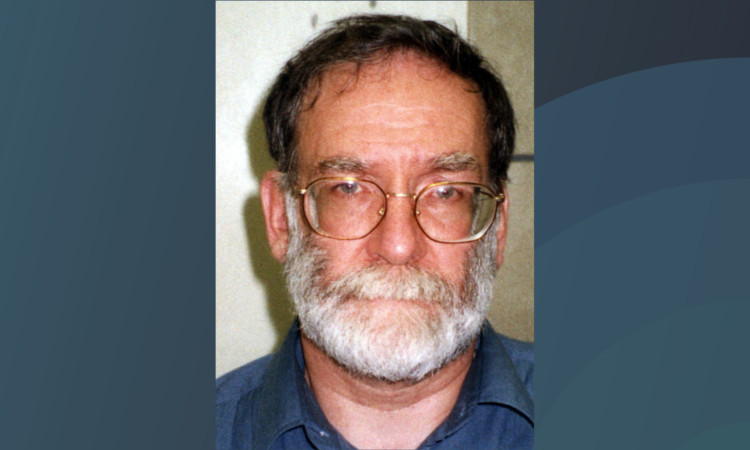Human remains of some of serial killer Harold Shipman’s victims were kept for more than a decade by police before they were secretly destroyed without the families’ permission, it has emerged.
The samples were taken from 12 women to establish cause of death, police said.
They were kept in storage for a number of years to ensure that police had the appropriate evidence should the murderer or his family appeal against his conviction.
But in 2011 police decided to “respectfully dispose” of the tissue samples without telling the families.
Greater Manchester Police chief constable Sir Peter Fahy said officers “agonised” over whether or not to tell the families but decided not to, to save them reliving “upset and distress”.
The remains belonged to Kathleen Grundy, Joan Melia, Winifred Mellor, Bianka Pomfret, Ivy Lomas, Marie Quinn, Irene Turner, Jean Lilley, Muriel Grimshaw, Alice Kitchen, Elizabeth Mellor and Sally Ashworth, the Manchester Evening News reported.
Their bodies were exhumed during the Shipman investigation in the late 1990s.
Sir Peter Fahy said: “This was not a decision that we took lightly, in fact it was a decision that we agonised over for a number of months with a number of independent advisory groups, partner agencies and other professionals.
“I would hope that the public would understand that this was a very difficult decision for us to make but I want to assure people that we made this decision for the right reasons.
“It was never our intention to cause the families any pain or distress.
“These families had not only experienced the upset of losing a family member but had had to relive it in the glare of the media and the public time and time again that is something that most people will thankfully never have to experience.
“A number of years had passed since the trial and Shipman’s death and was it right for us to cause even more upset and distress by making the families relive this yet again?”
